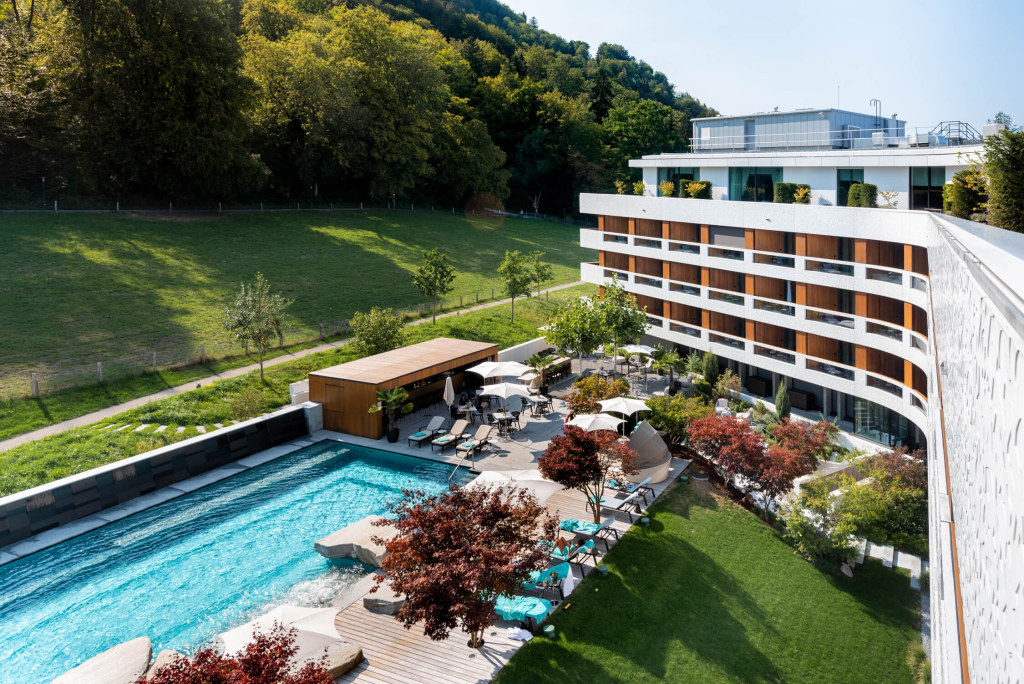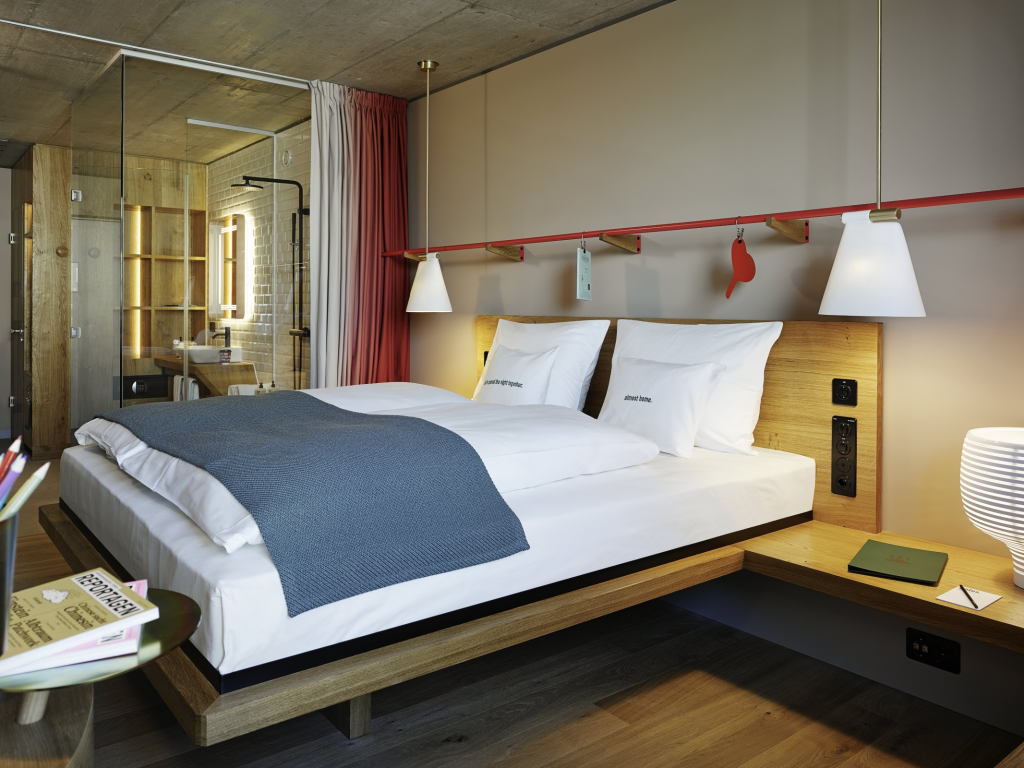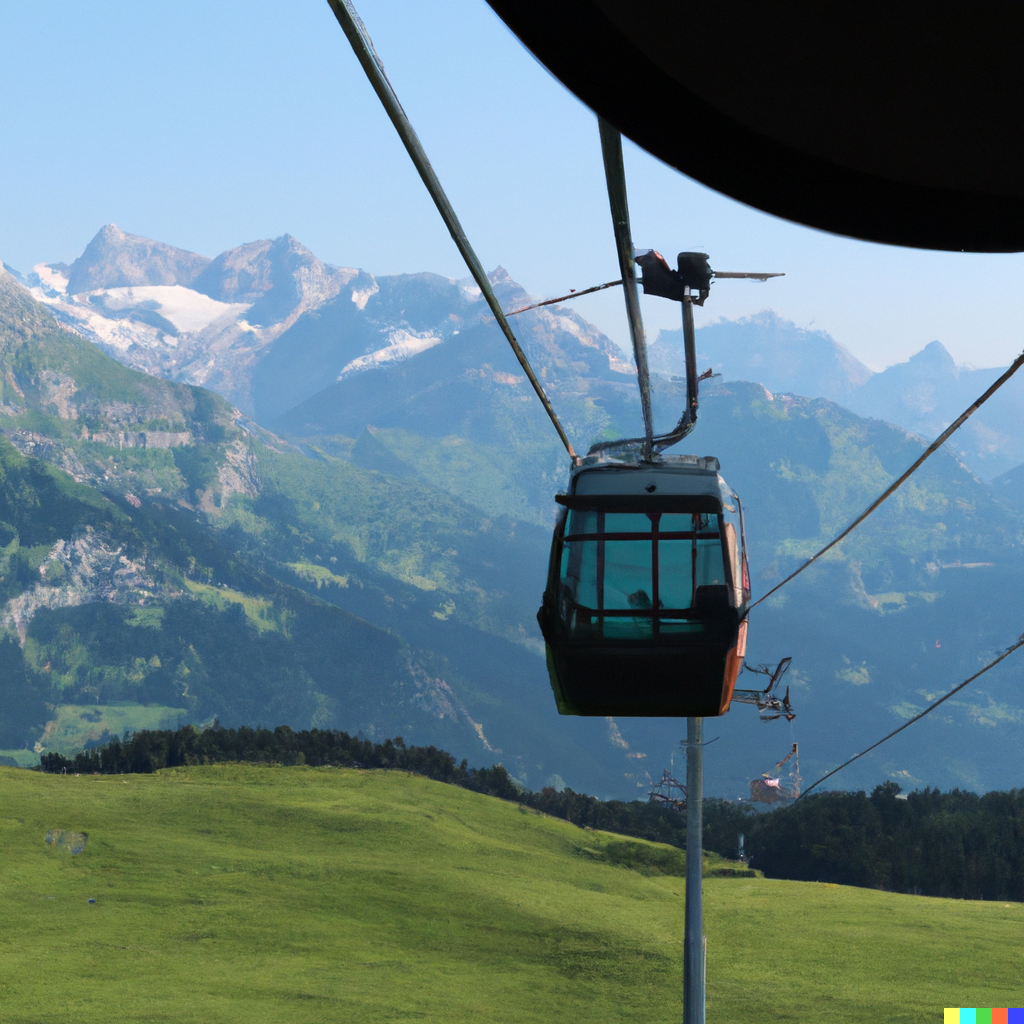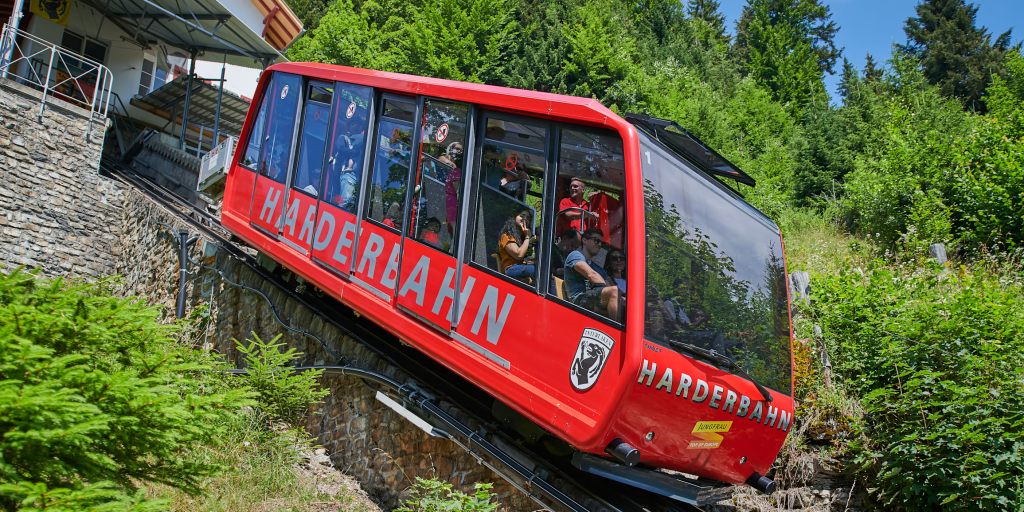Known for its efficient public transport, world-renowned Swiss watches, and delectable chocolates, Zurich, Switzerland’s largest city, is also home to some of the most sophisticated and elegant hotels in the world. Nestled amongst this city’s unique blend of modern architecture and historical charm, here are some of the best hotels that promise a memorable stay in Zurich.
1. The Dolder Grand

Perched on a hillside, the Dolder Grand is an iconic hotel offering panoramic views of the city, Lake Zurich, and the Alps. The hotel seamlessly blends its historic heritage with modern comforts. Indulge in their two Michelin-starred restaurant or rejuvenate in the 4,000 square meter spa, this hotel is luxury personified.
2. Baur Au Lac

Baur Au Lac, located near Lake Zurich and the city’s financial district, has been welcoming guests since 1844. This luxury hotel is renowned for its high-quality service, exquisite rooms, and its impressive art collection. The hotel’s park and terrace also provide an oasis of tranquility in the heart of the bustling city.
3. Widder Hotel

In the heart of Zurich’s Old Town, the Widder Hotel offers an exclusive stay in nine meticulously restored historic buildings. Each room is unique, boasting individual designs that perfectly balance the rich history of the buildings with contemporary style and amenities. The hotel’s library and jazz bar add to the unique charm.
4. Atlantis by Giardino

Just minutes from downtown Zurich, Atlantis by Giardino provides a peaceful retreat at the foot of the Üetliberg mountain. The hotel offers a blend of urban luxury and natural beauty. Relax in their Dipiù Spa, enjoy culinary delights in their two restaurants, or soak up the sun by the pool, all while enjoying stunning mountain views.
5. Park Hyatt Zurich

Situated in the city center, Park Hyatt Zurich offers modern luxury in its elegant rooms and suites. The hotel features a world-class spa, several gourmet restaurants, and a collection of contemporary art. Its proximity to the famous Bahnhofstrasse shopping district makes it a perfect choice for shopping enthusiasts.
6. Storchen Zurich

Overlooking the Limmat River in Zurich’s old town, Storchen Zurich offers a traditional Swiss hotel experience. With personalized service, refined rooms, and live music in its famous bar, it’s no wonder this hotel has been welcoming guests for over 650 years. Its riverside location offers a unique perspective on Zurich’s charm.
7. 25hours Hotel Langstrasse

For those seeking a more unconventional stay, 25hours Hotel Langstrasse offers a vibrant, eclectic atmosphere. Each room is uniquely decorated with a blend of modern and vintage elements. The hotel’s dining and nightlife options reflect Zurich’s lively culture, while its location makes it a perfect base for exploring Zurich’s dynamic Langstrasse district.
Whether you are visiting Zurich for its picturesque landscapes, exploring its rich history, or here on business, these hotels offer something for everyone. A stay in any of these hotels guarantees a warm Swiss welcome, impeccable service, and a taste of the comfort and luxury that Zurich is famous for.
Caroline Webster is a proud Texan and a retired school teacher who discovered a passion for Switzerland upon her retirement.
She now spends her time traversing the Swiss rail network with her husband, James, delighting in the picturesque landscapes, rich culture, and historical depth of the Swiss Confederation.
From the panoramic views of the Glacier Express route to the cobblestoned streets of quaint Swiss towns, Caroline embraces her annual adventures, often sharing them with her five beloved grandchildren.
Her travels have shown her that the journey is just as important as the destination, and she looks forward to many more adventures in her golden years.











